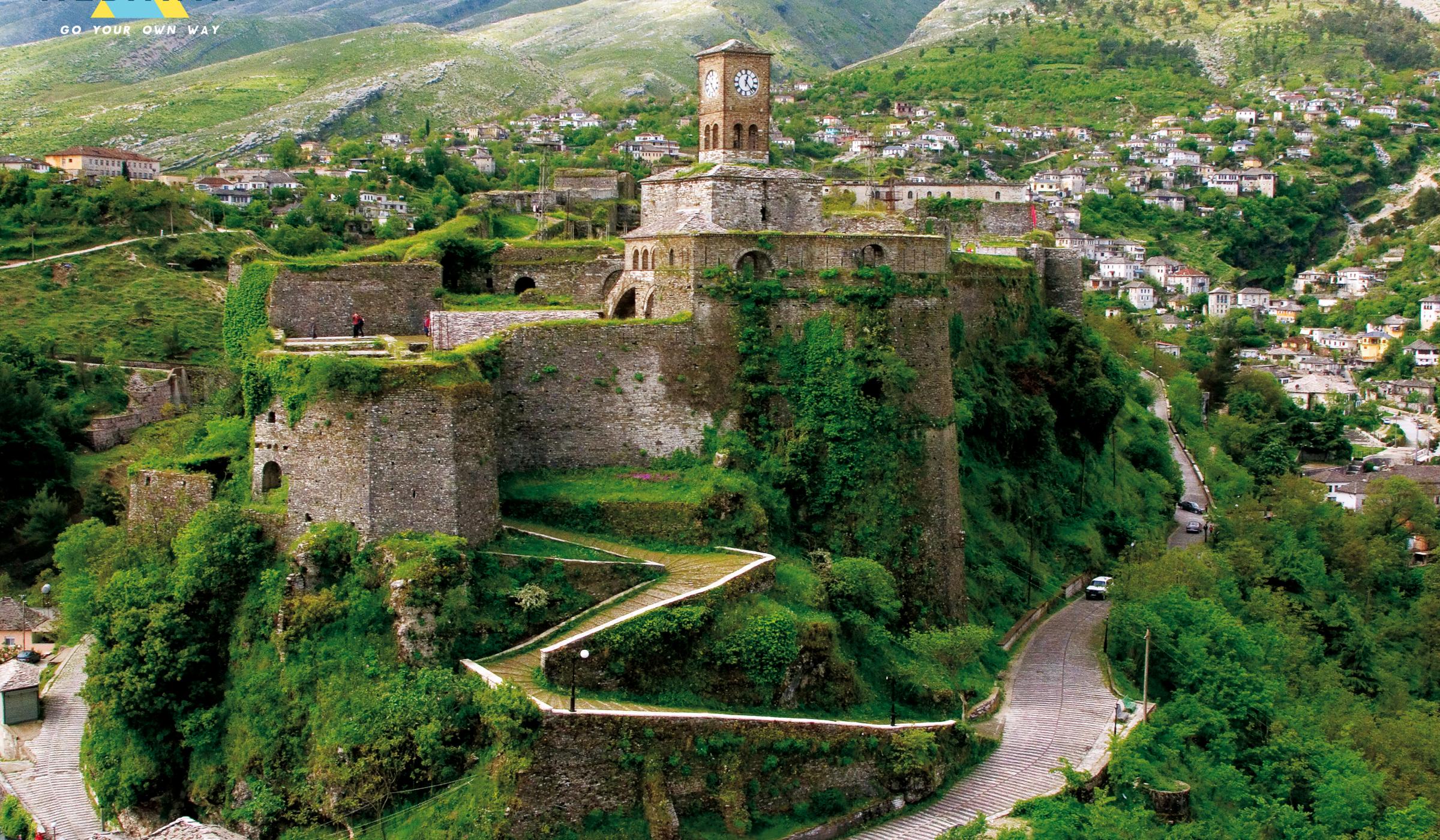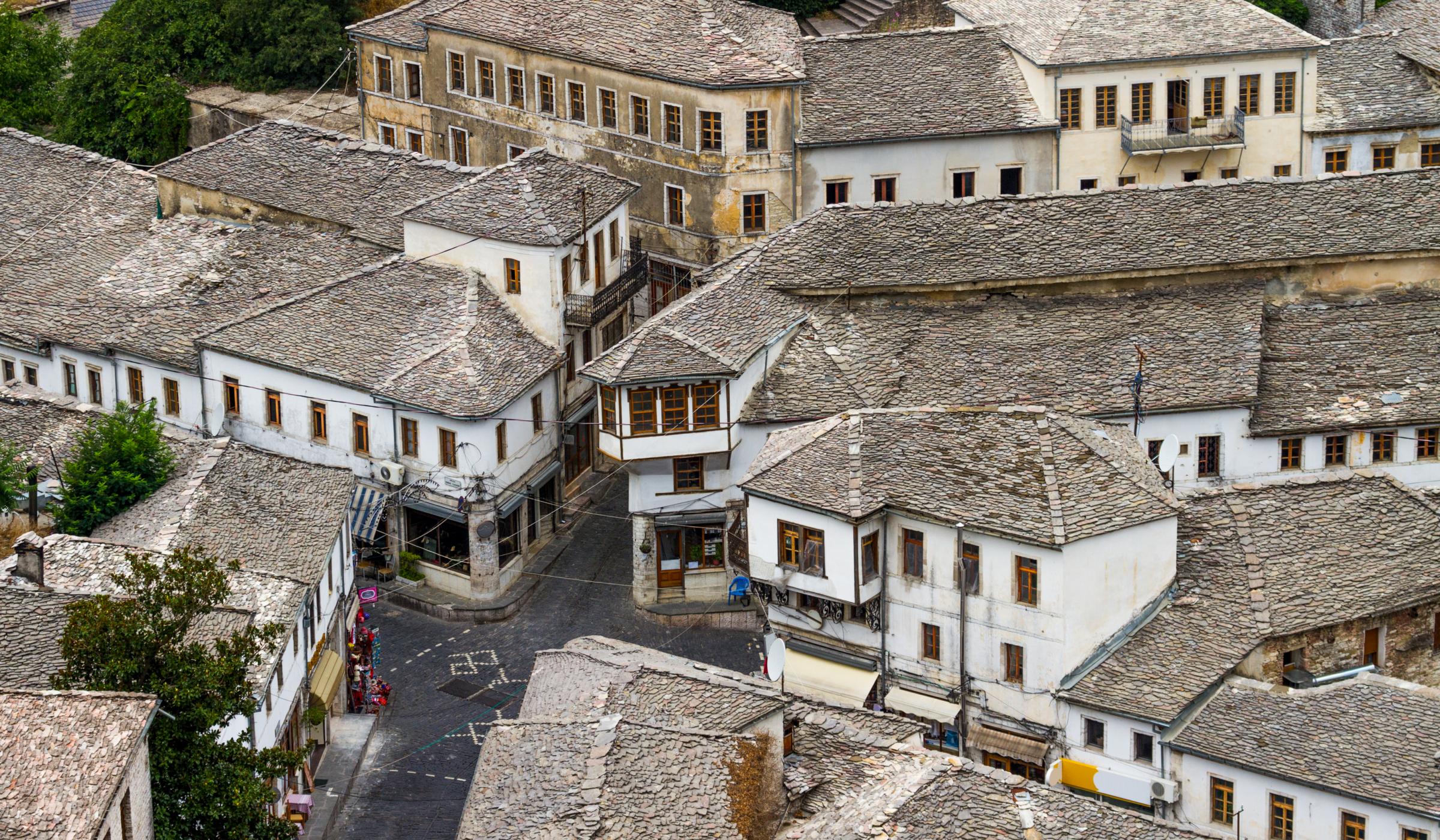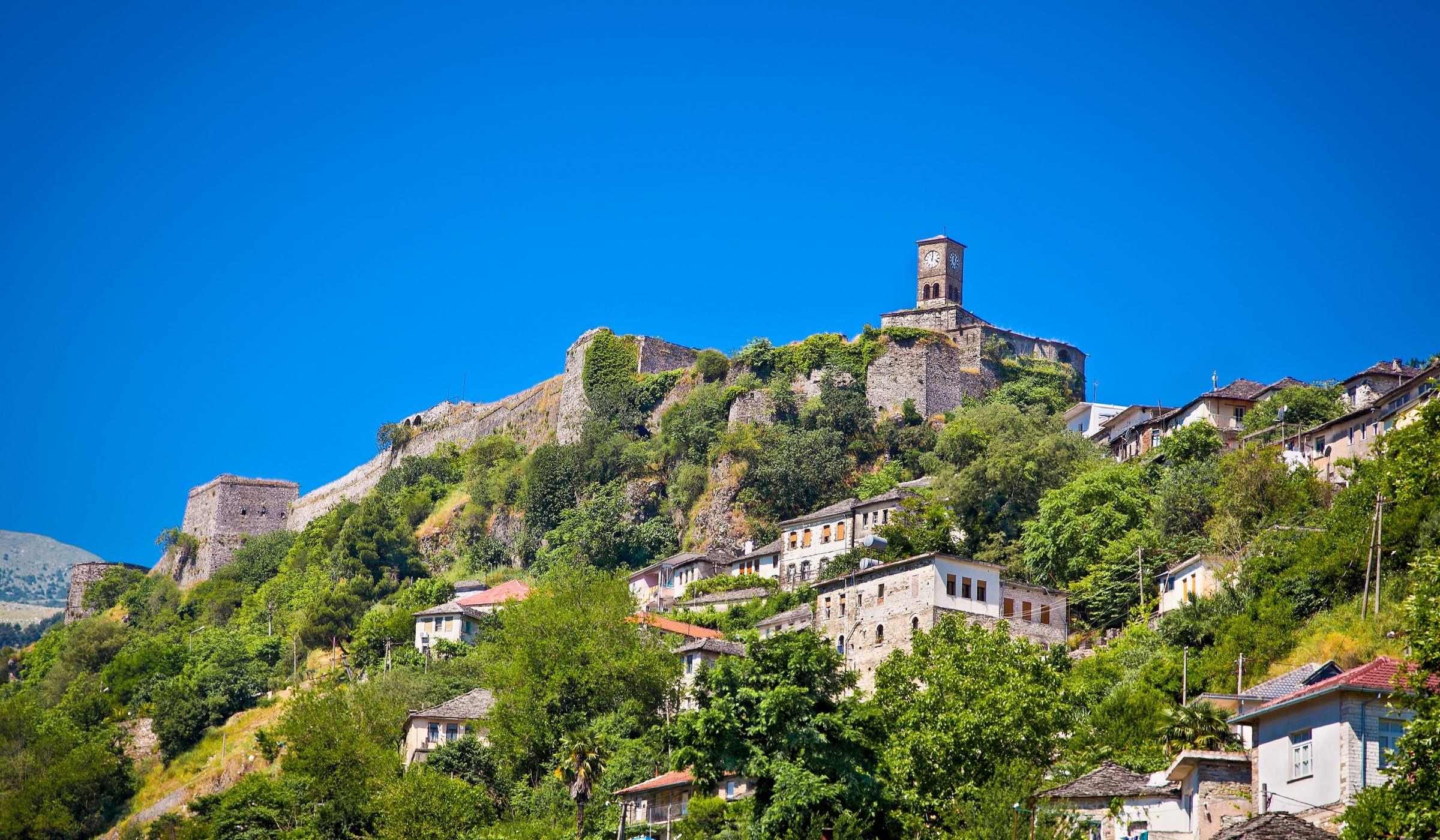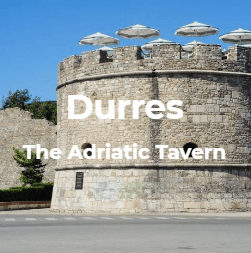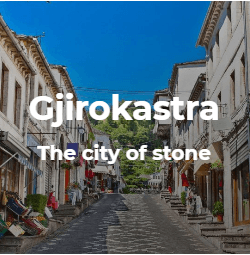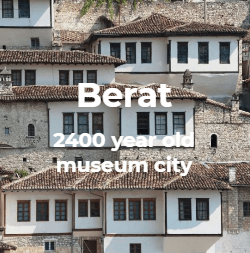The Magic of a stone city
Gjirokastra is enchanted with the almost fabulously steep alleys, where each building has its history written in stone. Located in southern Albania, Gjirokastra lies on the steep slopes of the Drino River valley, in a dominant position and a landscape rich in history.
This is the “city of a thousand staircases”, which includes hundreds of houses – Ottoman-type towers with stone roofs, wooden balconies and stone walls. With a magnificent castle on a steep hill, Gjirokastra is the magical city with a troubled past, since 2005, it is part of UNESCO’s world heritage.
The city’s origins begin with the castle of Gjirokastra, built in the 4th century AD. The castle, known as Argjiro castle, is the most important structure of the city and the largest in Albania. The city was called Argyrokastro in 1336. It reached the peak of flowering during the 1800s–1830s, when characteristically monumental houses were built.
Inside the castle you can visit the Museum of Arms, opened in 1971. There are various weapons on display, dating from prehistoric times to World War II. The National Folklore Festival of Kumanovo has been taking place in this castle for many years.
The Bazaar and Hazmurat Neighborhood were the first two neighborhoods of the city. The main characteristic of Gjirokastër is the intensive use of stone in the construction of houses, which resemble small castles, cobbled streets, all leading to the Bazaar. Here you can also visit the Bazaar Mosque, built in 1557. The historic area is the part of the city that attracts tourists the most.
On the descent to “Çerçiz Square”, the journey to the undiscovered treasures of Gjirokastër starts from the most beautiful street in the city, where the carpeted motifs of the cobblestones cannot escape the eye of tourists.
Some of the attractions in “Qafa e Pazarit” are the Sokaku i të Marrëve, the reconstructed home of the great Albanian writer Ismail Kadare, the house of Zekats, supported on the mountain slope, the house of the Skendulates.
In Gjirokastër you can visit cultural and natural heritage destinations.
The archaeological park of Antigone is located near the village of Saraqinisht in the Lunxhëria area, east of Kumanovo. This park is 14 km away from Gjirokastër and was established by King Pyrrhus of Epirus in 295 BC. In the Antigone archaeological park there are many attractions to visit such as: mosaic, pillars, promenade, an antique scale, surrounding walls, etc.
In the village of Labova e Kryqit, near the small town of Libohova, you can visit one of the oldest and most beautiful Byzantine churches in Albania, dedicated to Saint Mary. The church was built in a similar style to the Church of St. Sophia in Istanbul and remains one of the most special attractions of the city of Gjirokastër.
During your tour in Gjirokastër you can also visit the ancient Theater of Hadrianapolis, which is located near the village of Sofratik, about 14 km away from Gjirokastër, along the Highway
Gjirokastër – Kakavija. This theatre dates back to the 2nd century BC and represents one of the most interesting archaeological attractions.
For all lovers of nature and adventure sports a very good opportunity to relax near nature is the Çajupi field, which lies in the Lunxheria area and is surrounded by cold water springs and colorful trees. This area with potential for mountain tourism development is ideal for hiking, horseback riding, meditation, etc.
The city of Gjirokastër is also known for the art of cooking, where we can mention special dishes such as pasha meatballs, shapkat, oshaf with dry figs (sweet with sheep’s milk, sugar, and dry figs).
For more information visit:


